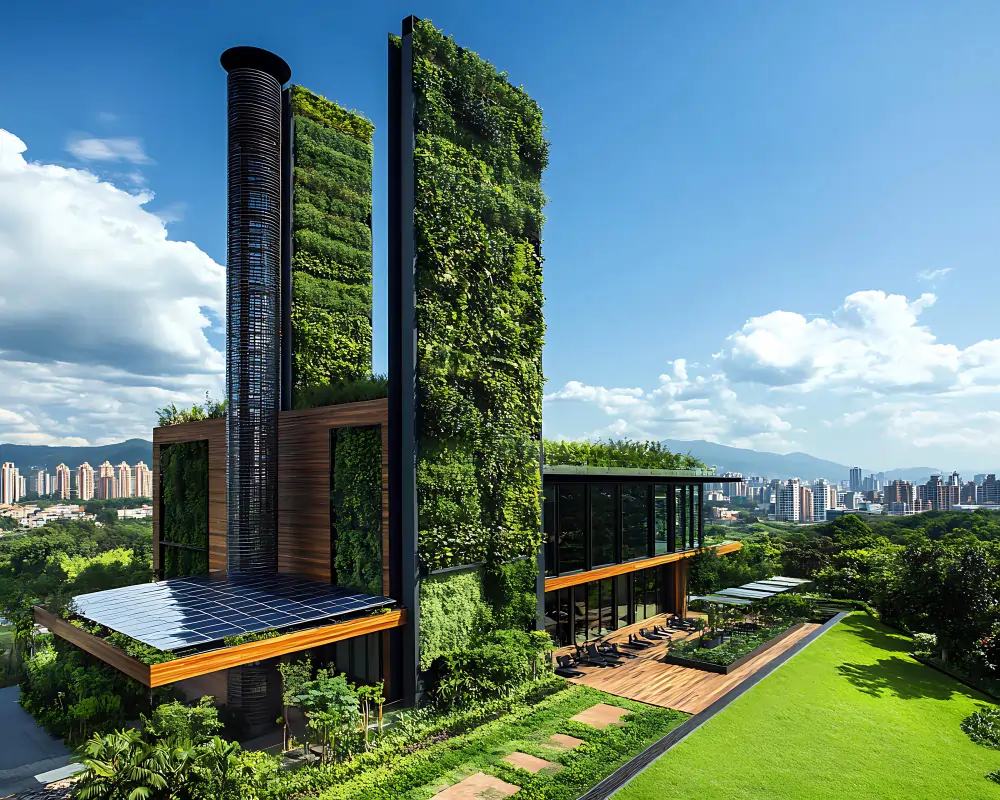Lorem ipsum adipiscing purus fermentum. Praesent vitae quam sed...


As the world faces growing environmental challenges, energy efficiency in buildings is no longer just a cost-saving measure—it's a necessity. In 2025, building owners, developers, and engineers are embracing innovative strategies to reduce energy consumption while meeting stringent regulations like New York City’s Local Law 97. Here's a look at the top five energy efficiency trends set to shape the industry this year.
Automation technology is transforming energy management in buildings. Smart systems powered by IoT devices and AI algorithms are enabling real-time monitoring and optimization of energy use. These systems can adjust lighting, HVAC, and other energy-intensive systems based on occupancy patterns and external weather conditions, reducing waste and improving tenant comfort. In 2025, expect widespread adoption of centralized building management systems (BMS) that prioritize energy efficiency.
With regulatory deadlines looming, retrofitting existing buildings is no longer optional—it’s a priority. Energy-efficient upgrades such as advanced insulation, high-performance windows, and LED lighting are becoming standard in older structures. Building owners are also focusing on envelope improvements to reduce heat loss, especially in older, less efficient buildings. Government incentives and financing programs are making retrofits more accessible than ever.
Buildings are increasingly integrating renewable energy sources like solar panels, wind turbines, and geothermal systems. On-site generation not only reduces dependency on the grid but also helps properties achieve net-zero energy goals. In urban areas, rooftop solar installations are becoming a common sight, while innovative solutions like building-integrated photovoltaics (BIPV) are blending aesthetics with functionality.

As renewable energy adoption grows, so does the need for effective energy storage solutions. Battery storage systems are emerging as a key component of energy-efficient buildings, allowing owners to store excess renewable energy for use during peak demand hours. In 2025, expect to see more commercial buildings pairing solar arrays with energy storage solutions to ensure a reliable and sustainable power supply.
Energy efficiency is increasingly driven by data. Advanced analytics platforms are helping building managers identify inefficiencies, track energy use, and benchmark performance against industry standards. Tools that leverage AI and machine learning are making it easier to detect anomalies and optimize systems proactively. As more buildings adopt these technologies, data-driven decision-making is becoming a cornerstone of energy efficiency efforts.
The drive toward energy efficiency in 2025 is about more than compliance—it’s about creating smarter, greener, and more sustainable buildings. From cutting-edge automation to renewable energy integration, these trends are setting the stage for a future where energy-efficient buildings are the norm, not the exception. For building owners and stakeholders, staying ahead of these trends will be essential to remain competitive and sustainable in the years to come.
Lorem ipsum adipiscing purus fermentum. Praesent vitae quam sed...
Lorem ipsum adipiscing purus fermentum. Praesent vitae quam sed...